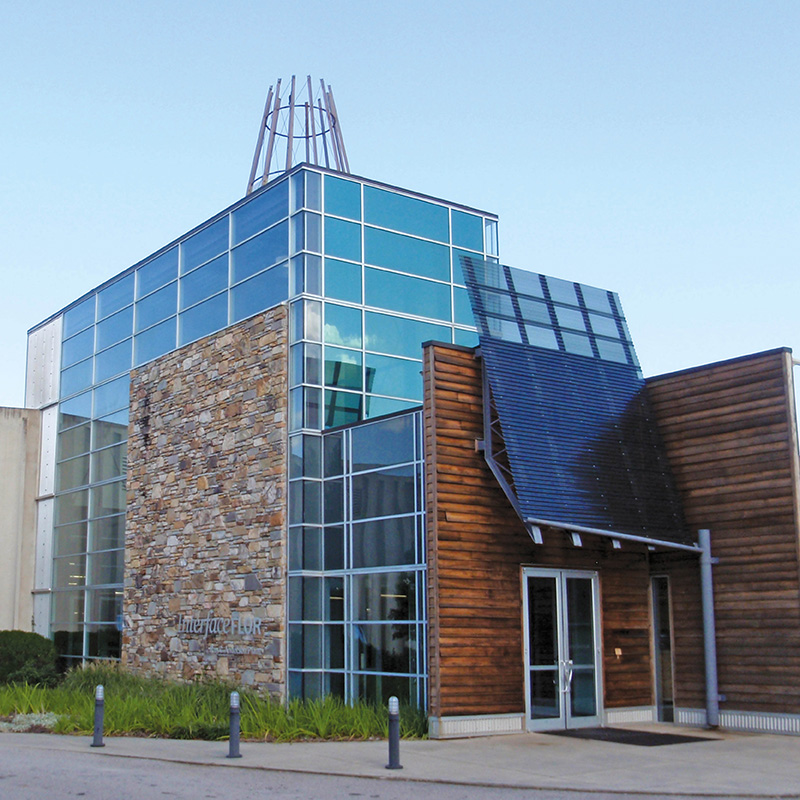Moving Beyond Sustainability
December 17, 2020
In theory, sustainability should allow us to continue to meet the needs of this and future generations. That was the point made by the Brundtland Commission in their definition of sustainability. But that does not address a more basic question of whether or not we should be continuing the current situation.
The ecosystems that support safe habitation for communities around the world are degrading or degraded. The climate is changing, and slowing the amount of carbon being put into the atmosphere will not reduce the existing overcharge. Arguably, sustainability is an insufficient mental framework for how we address environmental decline and its impacts on societies.

Cloud Forest Dome at Gardens by the Bay, Singapore (NG ZHENG HUI/Shutterstock.com)
For many, the mental framework of sustainability is about getting to zero—zero waste; zero emissions; zero carbon footprint; and such. Pursuit of a goal of zero is a worthwhile and important step, as it moves us to stop doing additional harm to the environment. What this approach does not do is restore the things that have been degraded or destroyed.
Arguably it is time to move beyond net zero. The next step would be to restore or regenerate ecosystems and their services. There are many services that nature provides to us as a consequence of how ecosystems function. Intact ecosystems have amazing capacities to store carbon, clean water, produce abundant food and multiply species.
Where possible, this involves restoring the ecology of a place, and a deeper exploration of beneficial human interactions with that ecosystem. Indigenous cultures can be a source of knowledge about both the function, and frequently, the management of a healthy ecosystem. The concept of pristine wilderness, untouched by humans, is foreign to many indigenous cultures. There is evidence that significant habitats, like some of the savannahs of eastern and middle North America, and rainforests in the Amazon Basin and Borneo, coevolved with centuries of human interaction. That is not to say that all indigenous cultures had salutary relationships with their surrounding ecology, but those that did have much to teach us.
To read the complete article, get your hardcopy at our online shop/newsstands/major bookstores; subscribe to FuturArc or download the FuturArc App to read the issues.
Previously Published Main Feature
Contact us at https://www.futurarc.com/contact-us for older commentaries.


